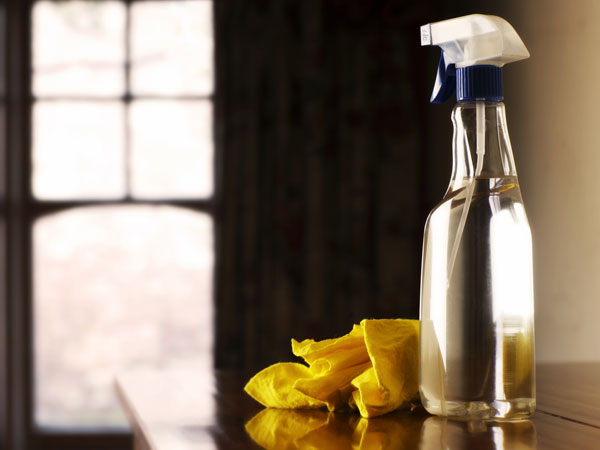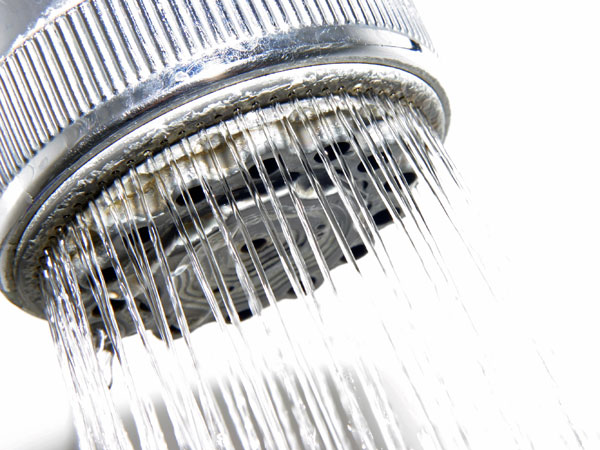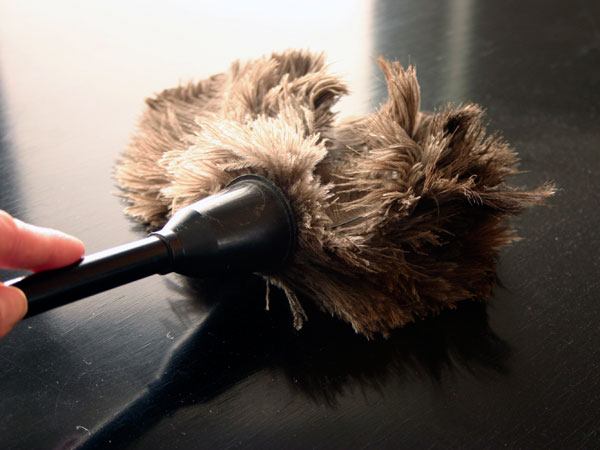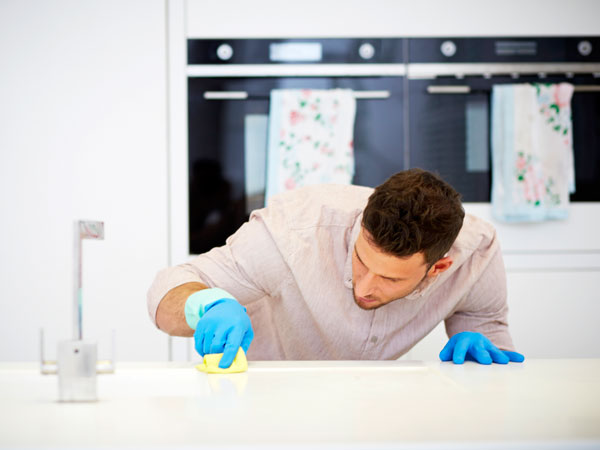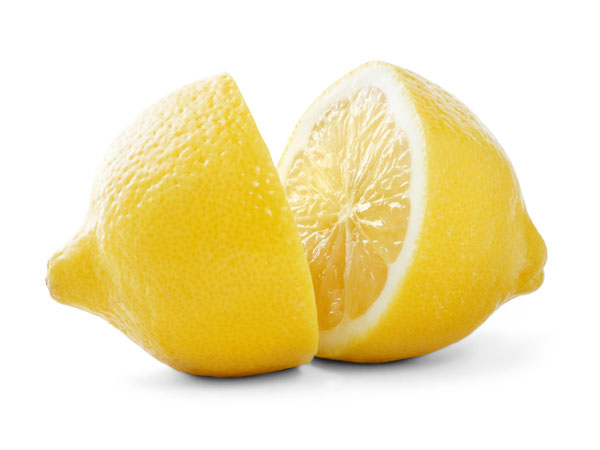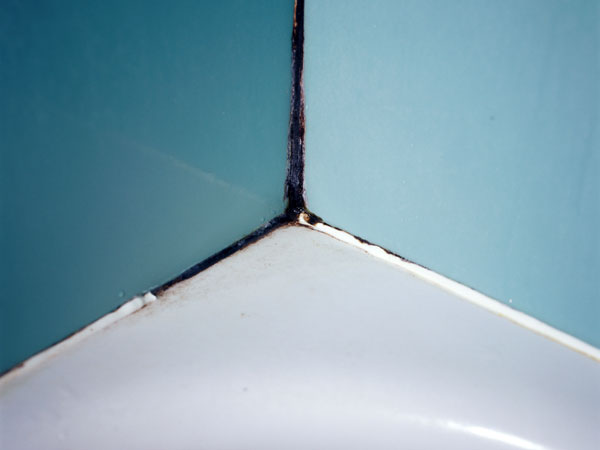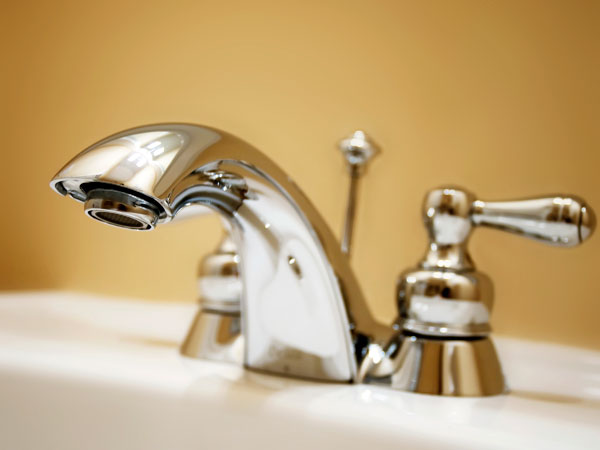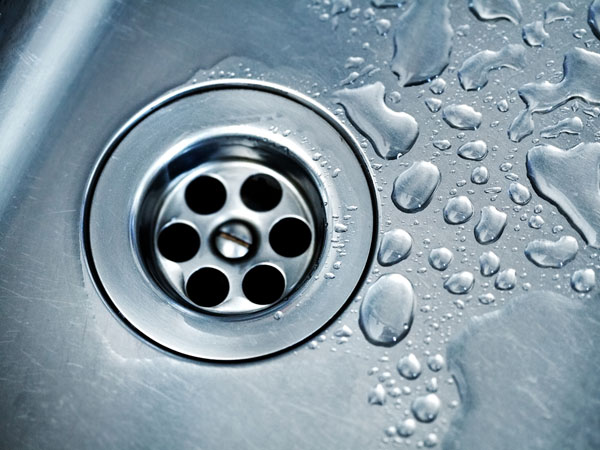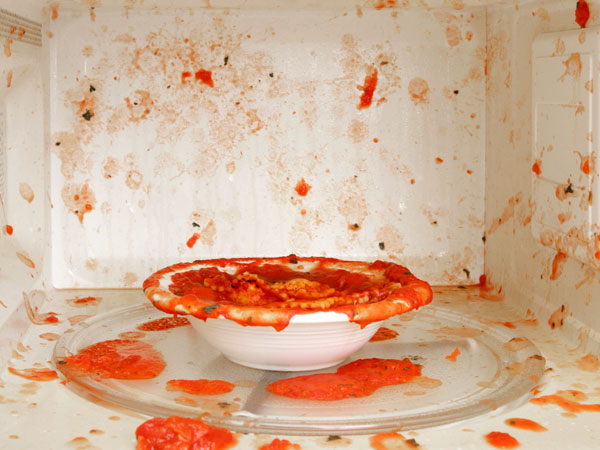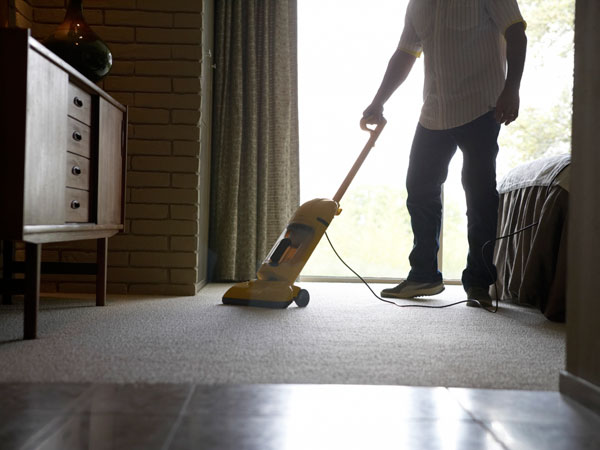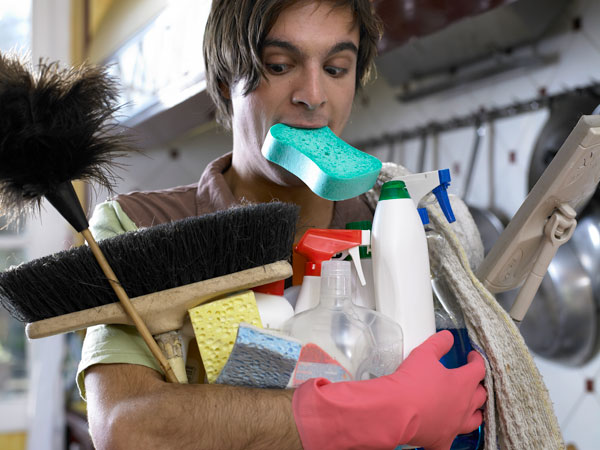How to Clean Leather
Leather is expensive, and we’re conditioned to think of it as a delicate material. So it’s natural that an industry has developed to service our fear of damaging a valuable piece of leather in the process of cleaning it. But in fact, though leather can definitely be mistreated, it’s tougher than we usually give it credit for. After all, most of its usefulness is based on its durability.
Most of the time when you clean leather, you simply need to avoid drying it out or changing its appearance. With these concerns in mind, you can spend a lot of money on leather cleaning products. But if you’re working with finished leather, which has a slight sheen and is the type you see most often on jackets, boots, and furniture, you can use a couple of products you probably already have on hand. They’ll do just as good of a job, cost you next to nothing, and free you from worrying about chemicals in commercial leather cleaners that you could be storing in your home, inhaling, or allowing to touch your skin. If the leather you want to clean is unfinished like a baseball glove, or has a soft nap like suede, you’ll have more trouble cleaning it yourself; the method below may not work, and will probably damage the leather.
Steps to Cleaning Leather
First, get your supplies together: you’ll need gentle hand soap, olive oil, and a few soft, clean rags. You’ll need water, too, but you can get that straight from the tap. Then, before you jump into cleaning your whole sofa or that stain on the front of your jacket, it’s important to test the cleaning method from start to finish in a small, hidden place, just to make sure it won’t lighten, darken, or dry your specific piece of leather.
Once you’re ready to get started, you’ll need to prepare a rag by dampening it and applying a little soap. Get the whole rag wet if you’re cleaning a large area, but for small stains it should be sufficient to run a corner of the rag under the tap. Either way, remember that the rag should be just slightly damp, not soaking wet; squeeze out any excess water before pumping a small amount of hand soap onto the rag.
Rub the rag against itself a little to work the soap into the cloth before you begin cleaning. You don’t want to apply a glob of soap to a piece of leather. Instead, gently rub a light lather onto the leather until it appears clean.
Next, slightly dampen another rag to wipe any soap residue from the leather. Because even finished leather is not completely water-repellant, you should never rinse it with a very wet rag or by running water directly over it. Using a rag with a minimal amount of water on it protects the leather from absorbing enough water to become damaged.
Use a dry rag to remove the light film of excess water that may be on the surface of the leather after rinsing.Before moving on to the next step, it’s a good idea to also let the item sit for a few minutes to air dry in case the leather has absorbed water during cleaning.
Finally, you should always condition leather after cleaning, since the soap will have removed some of its natural oils. This is where the olive oil comes in. Put a very small amount of olive oil on a dry cloth and rub it into the leather. Using too much oil will make the leather greasy or sticky and attract dirt, so it’s crucial to apply only a tiny amount; if the leather is darker or shinier after oiling, you’ve used too much. I was very happy with this method of cleaning leather and you should be too! let me know!
Thanks For Reading, hope these tips are going to help you out!
-M



